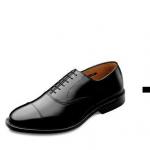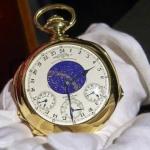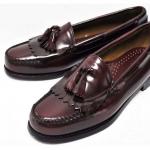How to choose men's shoes so that nothing rubs and the shoes serve for a long time.
Rubs, crushes and falls apart before our eyes due to the physical "conflict" with the foot. Usually, first the shoes win and the person walks in calluses, and then the foot starts to win - and the shoes fall apart. The good news is there is a way to deal with this.
What do you need to know about the foot?
Everyone's feet are different sizes and shapes. But two key characteristics are important to us now, length and width. The size of the foot is determined by its length. The width is usually not indicated separately anywhere, although the feet, with the same length, can differ in width by 1.5 times. Here, for example, is a photo from Wikipedia with just such a case.
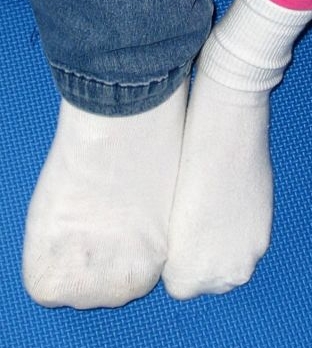
To buy the right shoes, you need to measure its length and width in advance and in the right way and remember these numbers forever in centimeters. You need to measure in a flattened state. Not on weight, not on the insole of some old shoes, not a print of paint.
Take 2 sheets of paper (to make the foot fit completely, you can glue several sheets together or staple them together), put them on the floor and stand on the sheet with each foot in turn. Your goal is to circle the foot at the moment when the weight of the whole body is on it. It is this form that the foot takes when it receives a load when walking. And it is in this position that she and the shoes cause each other the greatest mutual damage. You can measure your foot with a sock if you always wear socks.
Step on the sheet and trace around the perimeter of each leg individually with a pen so that the sheet has a full projection of the foot. Do not dip the handle under the foot, but do not lean outward either. Be sure to circle both legs to find out at the same time whether they are symmetrical or not.
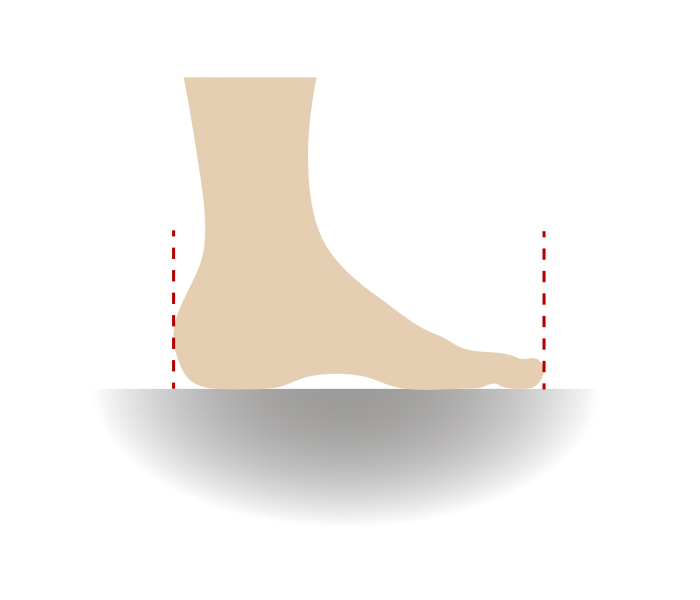
After the correct stroke, the drawing needs to be measured correctly. Imagine that you want to place the foot in a rectangular box, the walls of which are adjacent to all sides of the foot. Draw a rectangle around the circled foot and measure its long side. This will be your foot size in centimeters, which, according to the manufacturer's size charts, can be translated into shoe size.
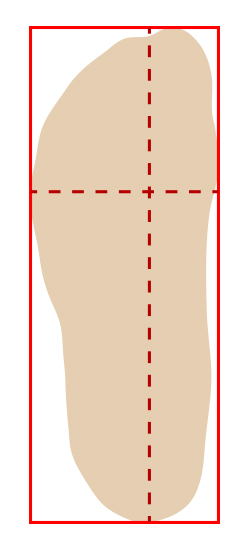
What you need to know about dimensional grids of shoe manufacturers?
They are different for everyone and the grid spacing is also different. The same foot length may have different sizes from different manufacturers. If you want to buy shoes from a specific brand, like Convers or Vans, you can look into their mesh specifically.
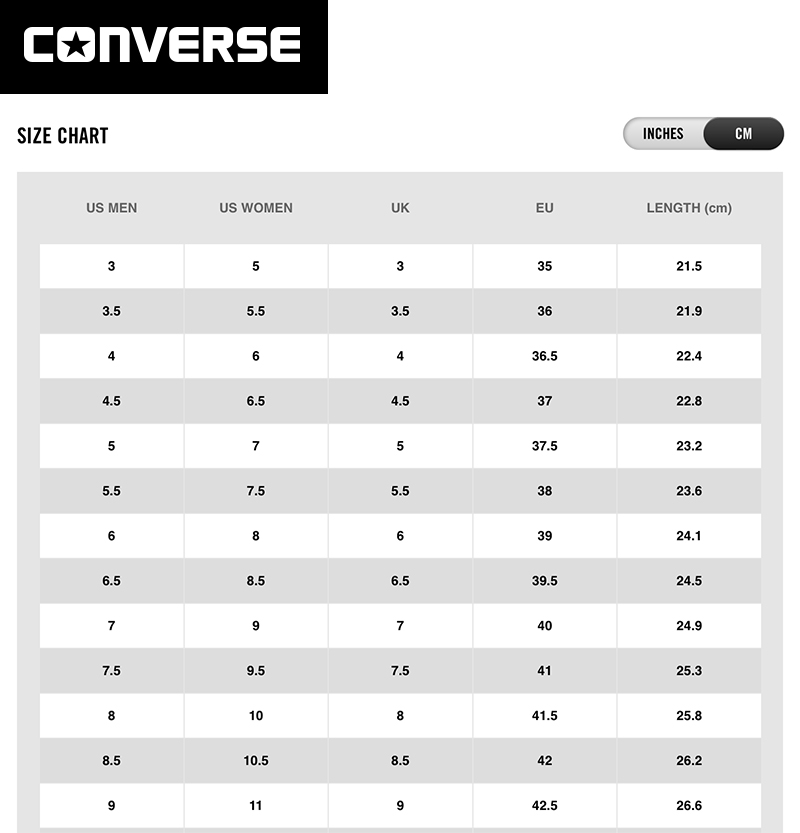
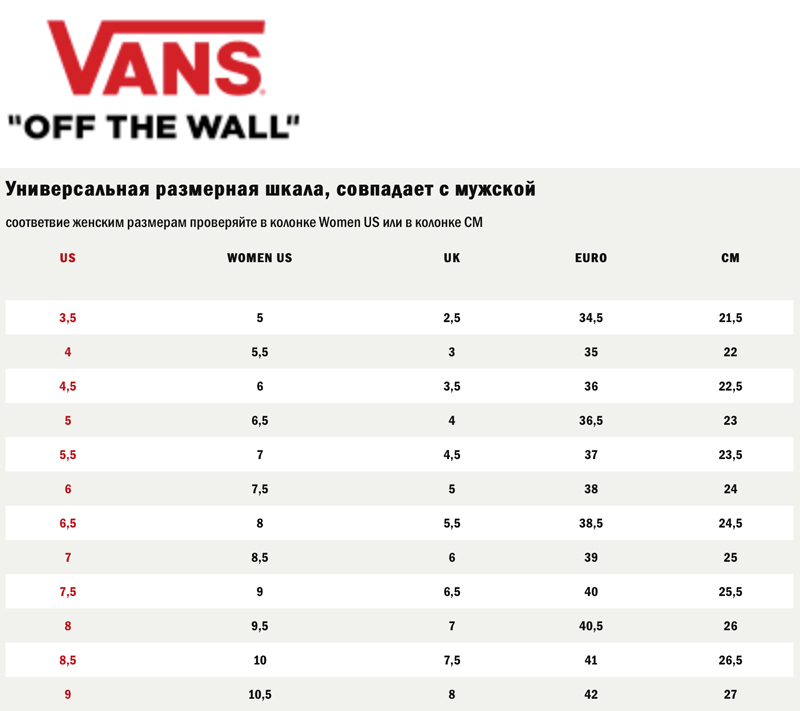
Comparing these grids, you can see that 26 cm for Converses will fall between sizes 8 and 8.5, while Wens will clearly be a size 8.
Remembering what Russian, Italian, English or Chinese size you have is pointless. It’s easier to immediately remember in centimeters and then either correlate it yourself, or torture consultants. If you have feet of different sizes - shoes are selected according to the larger foot.
After the age of 30, legs should be measured approximately every 5 years. May increase by 0.5 - 1 size. Especially if there is proskostopia.
Now let's move on to the width of the foot.
The width is usually not indicated in any way. Some manufacturers have shoes of different thicknesses, they are also labeled differently, there are no world standards. But the fullness of the foot is not always the width, it can simply be an increased volume of the boot, but not in breadth, but upwards. Therefore, here it is necessary to analyze visually. (Although if you buy shoes from a single manufacturer, you can remember its markings.)
Here on this one, a. There are 218 pairs for a narrow foot, only 15 for the widest one. Well, if you look at the photos, you can see that somewhere for a full foot wide shoes are offered, and somewhere just with a large volume, apparently for a high rise.
Measure the width of the narrow edge of your rectangle. Write down, compare the feet and remember this width. If you remember that your flattened foot is 10 cm wide, it will be easier for you to understand if the boot will fit, even just by holding it in your hand. If you have feet of different widths - shoes are selected according to the larger foot. (Orthopedists, by the way, measure all this differently, but they have completely different tasks there)
The third point is the shape of your fingers.
The toes are usually the most troubled parts of the foot. As you can see, their forms are very different, but there is no intelligible measurement. Well, except perhaps for such a picture, which, it seems to me, has nothing to do with reality).
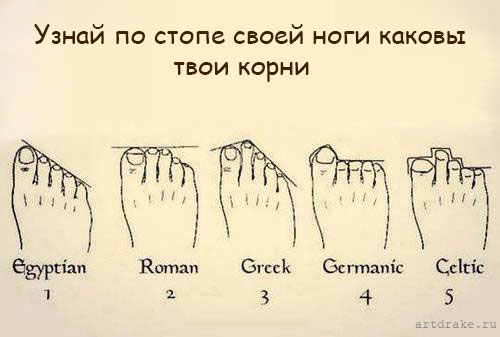
Here you need to remember the shape of your fingers and love it with all your heart. When you love something, you start to "find" it in space automatically. On the shelves and in the photographs, you will instantly catch your eye on shoes with the same sock shape. See what different toes the shoes have, maybe one of them follows the curve of your foot?
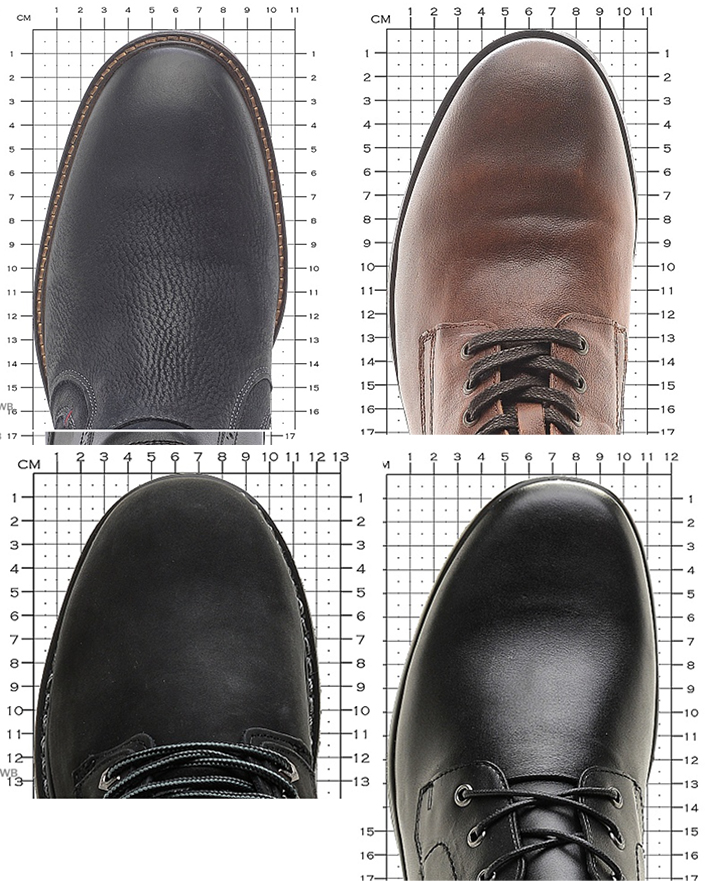
So, you are now familiar with the most important characteristics of your foot (but not all, by the way). And now we can move on to shoes.
What you need to know about shoes
Shoes are sewn not just like that, but according to certain blocks. And if you have a lot of money - it's best to order shoes tailoring for your feet. But if there is no such possibility, we will study the materiel.
To choose shoes that will “conflict” with the foot the least, you need to understand two points for yourself:
- how hard / soft shoes to change on the foot
- how close the manufacturer's last is in shape to your foot
The softer the shoe, the more it can deform and take the shape of the foot. But here you need to understand that the possibilities of shoes are not unlimited, and if your foot stretches something very much, this something will die as quickly as possible. Here are the boot options. The first is made of soft, non-glued leather. The second of the rigid, glued. The more molded the shoes, the more carefully you will need to select the shape. And the softer - the more small discrepancies can be allowed. But you need to understand that the more these mismatches, the faster the shoes will wear out and acquire not beautiful creases. (In the pictures, shoes for a narrow foot)
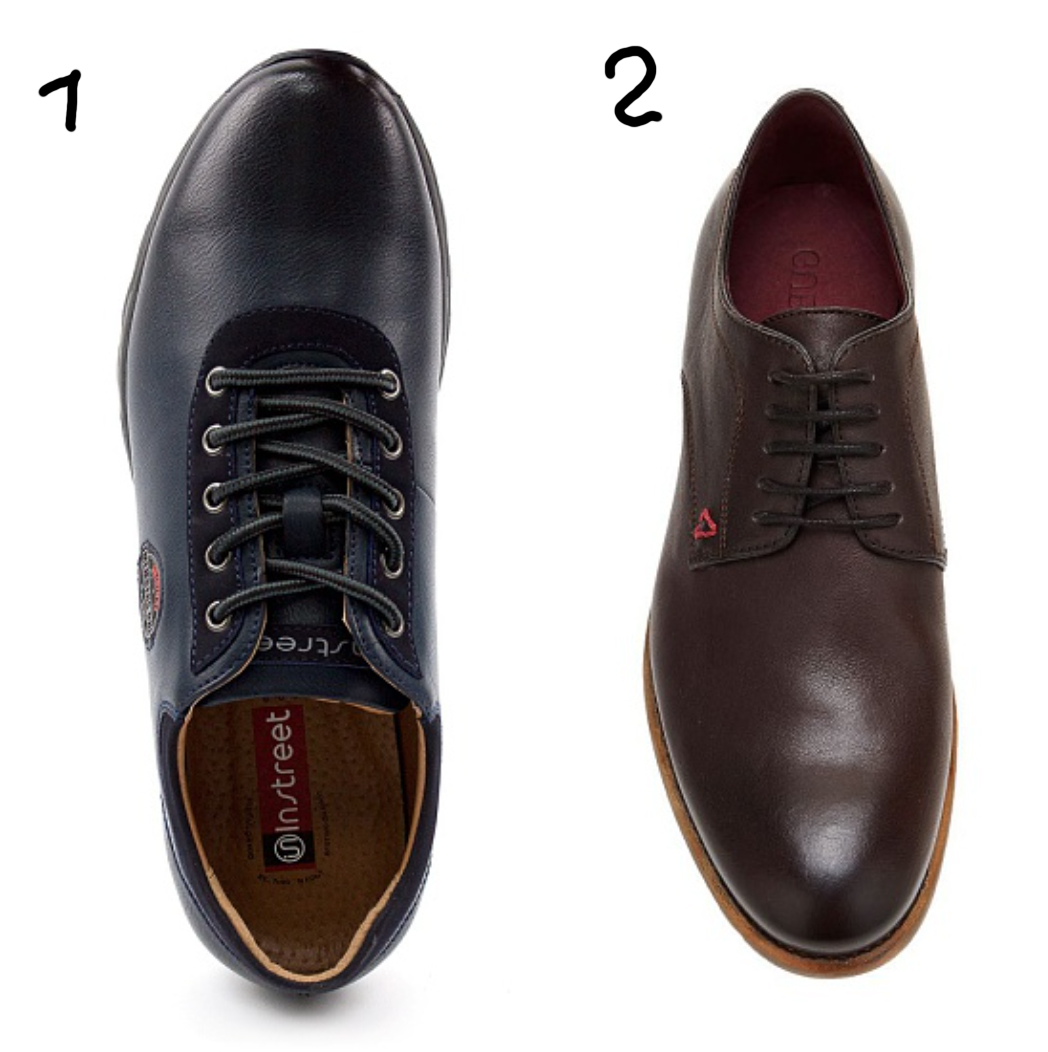
And the most difficult moment is the correlation of your foot shape with the shape of the manufacturer's shoe.
Here you will need to turn on the imagination, the eye, and sometimes take the ruler. We look at the boot from above (or from the side of the sole) and try to imagine how our foot will enter there. Here on these examples I show how the thought should move. Here, using the example of my feet, it is clear that no matter what soft sneakers are (which, by the way, are with increased fullness!), The foot will not be comfortable there, because when loaded, they will strongly rest against the side parts. Such shoes can not even be tried on.
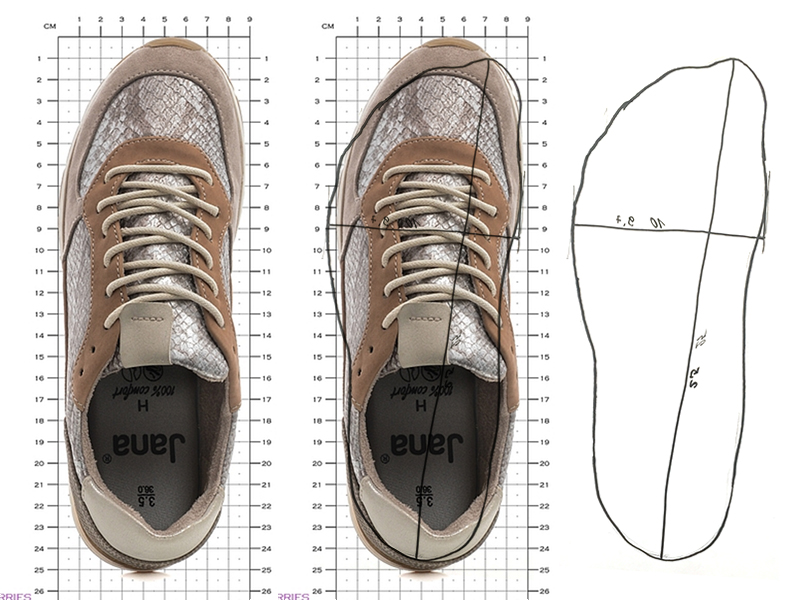
But in this example, everything is ok. Almost nothing will stretch or crush.
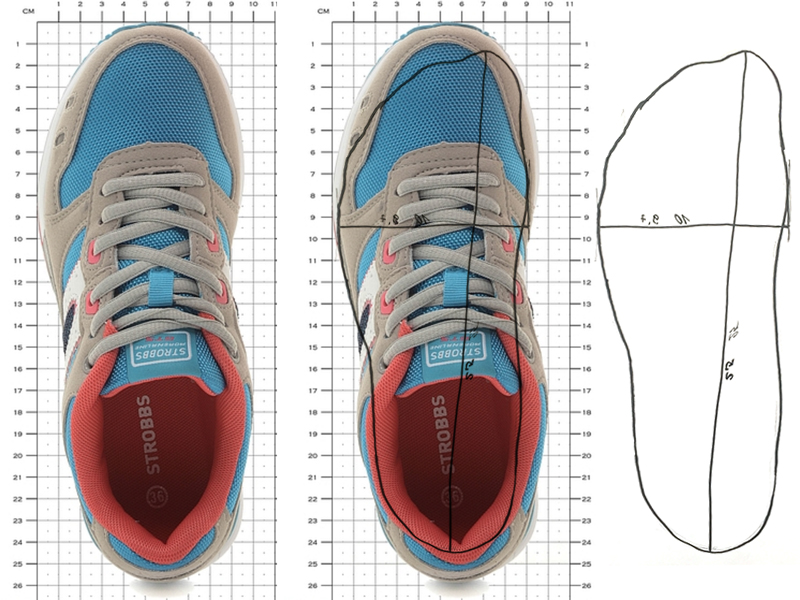
With boots, you need to think in a similar way, but choose even more carefully. Here, for example, a boot for a narrow foot and for a wide one. Everyone understands that if you try to stuff a wide foot into this narrow boot, the nose will be completely empty, the boot will stretch in breadth and the nose will start to lift up from this?
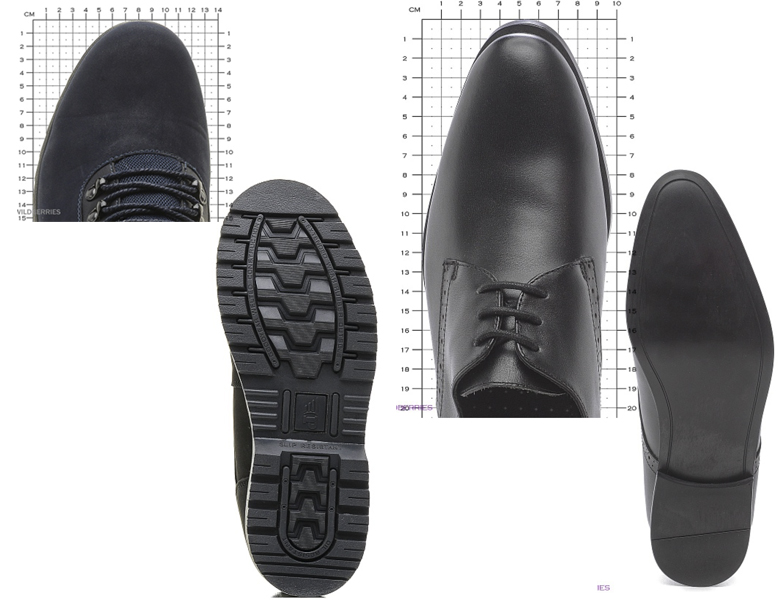
Wide-footed people usually suffer from corns on their little fingers, they have to take shoes a size larger, wear them in, stretch them. The foot seems to hang over the sole on the sides.
If your foot is narrow, you will have another problem. In length, the shoes are already back to back, the finger hurts, but it continues to slosh. Narrow-footed people usually suffer from choosing a smaller size, and then they rub their heels or fingers. The laces are tightened as much as possible, not beautiful voids and creases are formed on the molded shoes, which can press when walking.
But if you choose shoes according to these principles, most of the problems can be avoided.
Countries and shoe widths, is there any dependence?
It is generally accepted that southern shoes (for example, Italian) are usually sewn on a narrow foot, and northern shoes (for example, German and Finnish) on a wide one (and Chinese shoes run small by at least 2 sizes :)). Such a dependence does exist, but not in 100% of cases. If a company sends a collection to a certain market (for example, Russian), then it can specifically select certain lasts. Or maybe not choose. Each individual case needs to be looked at with the eyes.
In Russia, we have about half of the men with ordinary, normal feet, and half with wide and very wide (for women, by the way, this is also the case). There are fewer narrow feet. The figures are very approximate, I focus on my experience and on the comment of a Japanese shoemaker who studied Russian feet in order to enter our market. In Italy, according to rumors, normal and narrow feet predominate. Perhaps this will answer the silent question of our consumers "why such narrow shoes are sold everywhere." Yes, they just bought it in a bunch at the base, brought it and sell it.
In Russia itself, different shoes are produced, but usually for increased fullness. So the owners of wide feet can also look at local factories.
And a few words about men's shopping.
Men like to wear shoes to holes, then come to the store in them, immediately change shoes and throw out the old one. But it's better not to do that.
1. If you have a difficult long-suffering foot, give yourself more time to choose. Look for pictures on websites (almost all popular brands are on wildberry and they are photographed from above), walk around the store longer.
2. After buying shoes, you have 2 weeks to return them without giving reasons if you have not worn them. That is, it means that you can try everything on at home, walk around the apartment for a couple of hours and see how your legs will feel. And if any inconveniences are found, you take it back to the store in a box and with a check (do not forget to take your passport with you).
Now you know how to improve your shoe selection skills. Will you use it? Are you going to look at the legs and look at the shoes? What is your foot? What tricks did you find when choosing for yourself?

